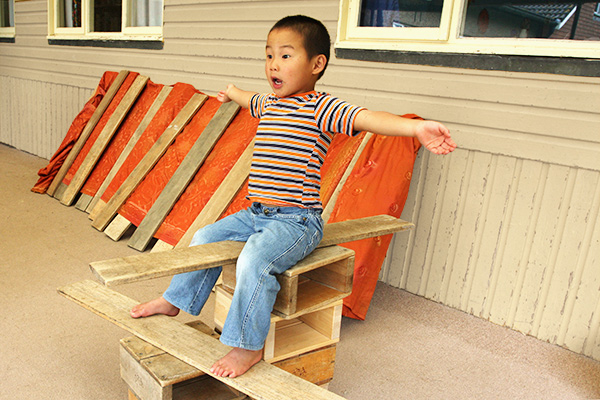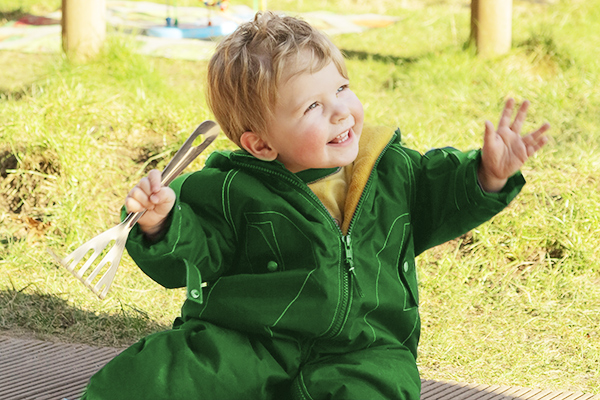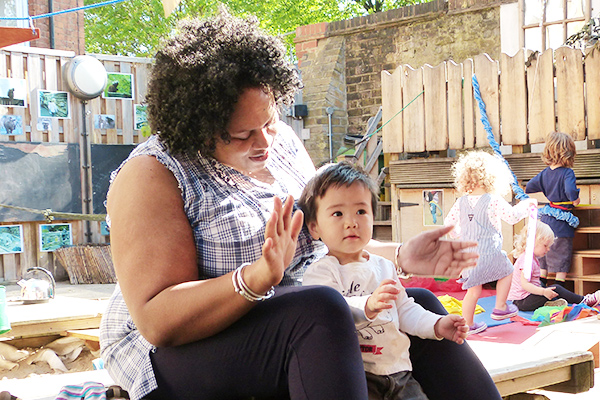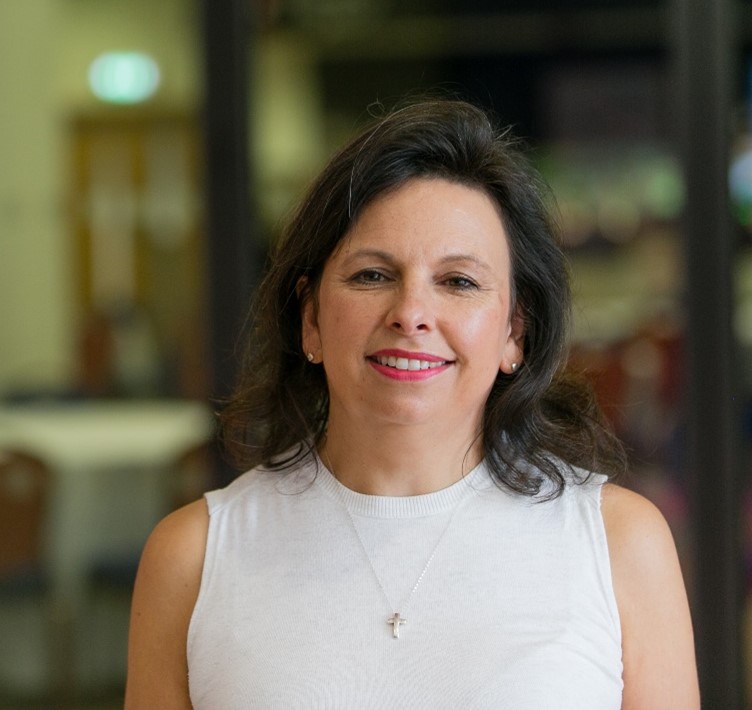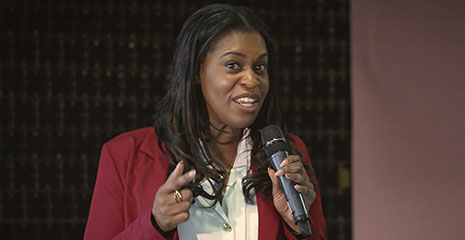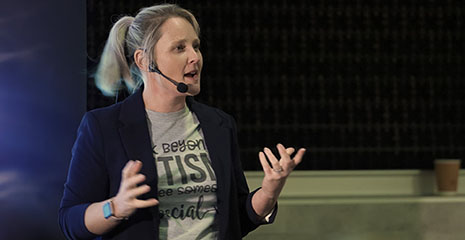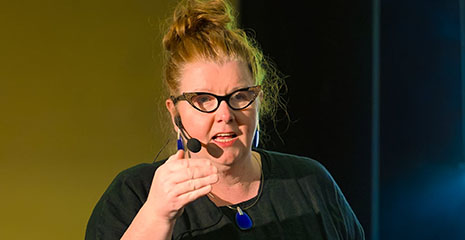From stickers to self-regulation
| October 2018Some things in life are simply non-negotiable, and today I am grateful for that. I am writing this on my flight home from holiday, and I, as a person who often challenges rules, have conformed without question. I waited in the queue, sat in my allocated seat, kept to the luggage allowance, and wore my seatbelt until the cabin crew gave the all clear. Today I have abided by the rules, and my fellow passengers and I have been well and truly regulated.
So what made me conform so readily? I had no longing to take control. I trusted the crew to have the skills to keep me safe. I willingly entrusted my well-being into their capable hands. If only our children would conform so readily. Or is that a misguided whim?
Do we really want our children to simply do as they are told without asking? Well yes – sometimes we would. But for a child to become successful in life, surely we want them to take some control of regulating their own choices and behaviours. We would love our children to become self-regulated, happy individuals, but do some of the strategies we use in our early years settings actually backfire in this regard?
All the time we condition children to behave in a certain way for a sticker or for the coveted place on the rainbow, we are robbing them of opportunities to think for themselves. We are training them with treats, just as the psychologist Skinner did with his pigeons. Sometimes when children need a motivator to stick at something that is difficult for them there can be a place for some kind of reward chart to plot personal achievement, but this should never be displayed in a public place. If you were working hard on changing your diet, would you want your month-by-month weight chart displayed on the staff room wall for all to see, especially during the month when you put on a few pounds? We seem to think it's OK to treat children in ways we would never expect to be treated as adults. Every interaction with a child makes an impression, an impact. Every interaction should be based on respect: it is an opportunity to learn, for them and for us!
Children spend more of their waking hours with educators than with their parents. They have no choice of whether to stay or leave. If the chart on the wall telling the whole world that they are going to lose five minutes of their precious “golden time” causes them to feel shame and humiliation, they have to experience this every time they walk into that room. It preys on their mind from the moment the mark has gone onto the chart up to the final moments of Friday when the punishment is finally meted out. Admittedly this often happens more in primary schools, but small children need speedy feedback: they need to know that consequences are linked to their behaviour.
No one deserves to feel stressed, anxious or humiliated. If I have done something wrong, the respect I have for the colleague who quietly tells me is tremendous. I am grateful and want to go on to please them next time. If my faux-pas is based on something my skills are not currently supporting, then they will offer me support or steer me in the right direction. They work with me. This is how we can help children towards self-regulation, whether they are four or fourteen. When they make mistakes they need our guidance, they need us to co-regulate. We must remember that self-regulation is a skill developed throughout a lifetime. So on the journey from stickers to self-regulation, what is most important is mutual respect and our relationship to the children in our care.
On that note… fasten your seatbelts and sign up for this course which will take you on a journey. It will challenge your practice, give you strategies to implement and most importantly, help you to understand how we can support our children on the long and sometime turbulent journey “from stickers to self-regulation”.

